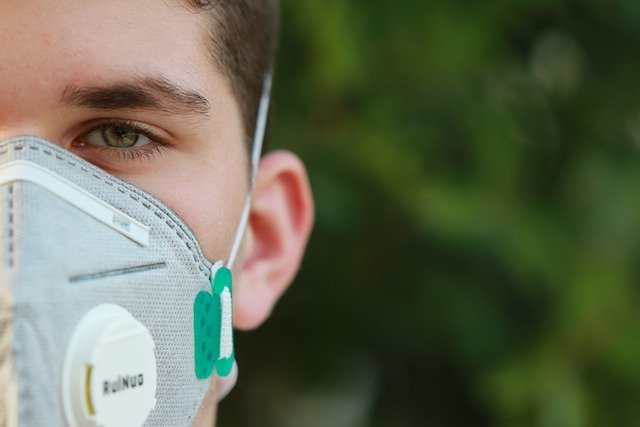The eyes do not seem to be a preferred site of entry or infection of the novel SARS-CoV2 virus.

Because of the coronavirus pandemic, the general public has been advised to wear masks or face coverings. Meanwhile, health care workers ideally should wear personal protective equipment, including N95 masks, as shown here.
The clinical manifestations of the novel coronavirus SARS-CoV2 has been well-described in other current literature. This paper, however, reviews ocular involvement in the COVID-19 disease.
The eye is only rarely involved in COVID-19, with conjunctivitis being the primary manifestation. Patients who have had ocular symptoms have reported redness and tearing.
Although RNA has been isolated from tears and conjunctival scrapings, the positive rate of polymerase chain reaction (PCR) testing is still extremely low. It is thought that this is due to constant tear rinsing ad the antimicrobial activity of tear molecules (e.g. lactoferrin and secretory IgA). As such, it is difficult to assess the infectivity of tears and conjunctival secretions, especially when samples may not have been collected properly or may only have been collected later in the disease course.
So far, the evidence has shown that even if the eye is a seemingly obvious port of entry for the pathogen, it is not a preferred organ of infection or site of entry.
Sun, C., Wang, Y., Liu, G., & Liu, Z. (2020). Role of the Eye in Transmitting Human Coronavirus: What We Know and What We Do Not Know. Frontiers In Public Health, 8. https://doi.org/10.3389/fpubh.2020.00155